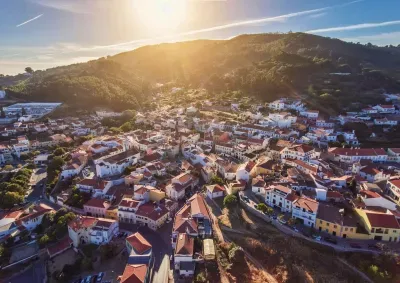Igreja Matriz de Monchique

Monchique's primary church, the Igreja Matriz has been standing in the town since the sixteenth century, around the time when Henry VIII was King of England. Its structure is a fine example of local Manueline architecture, although it is also somewhat unusual in the fact it demonstrates a nautical theme despite its relative distance from the coast. Check out the tops of its columns in the main nave to see a pattern of twisted ropes carved out of the stone.
Igreja de São Sebastião
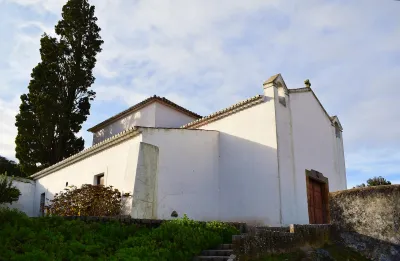
Records show that the second most-important church in Monchique was built upon the orders of King Sebastian of Portugal in the 1500s after he visited Monchique. Perhaps understandably, he had it named after the saint that shared his regal name.Situated on the southern side of town, from the outside it looks closer to a fortress compared to the florid decoration of other churches in the region.
Convento Nossa Senhora do Desterro
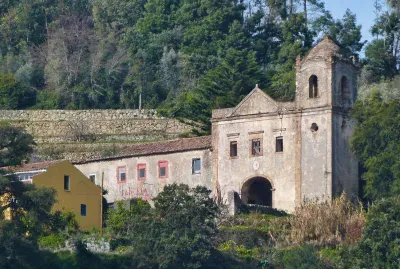
A fifteen-minute uphill walk from the cobbled streets of central Monchique is the Convento Nossa Senhora do Desterro. This ruined seventeenth century monastery had been used by the Franciscan order of monks until one day in 1755 when it was shaken to its foundations by the same earthquake that destroyed much of Lisbon.
Barranco de Pisões
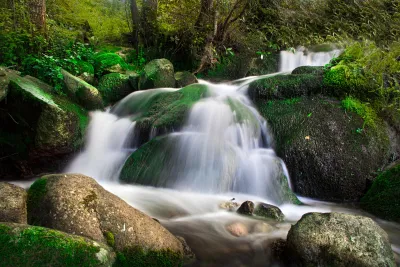
One of many natural attractions that can be found in and around Monchique, the Barranco de Pisões is a wonderful place for anyone who enjoys time in the natural world. Named after a prominent family that once owned the land, the site offers shady woodland walks past hundred-year-old plane trees and wonderful spots for a picnic. These echo to the sound of clear mountain streams which eventually form the Ribeira de Seixe River that demarks part of the provincial border between the Algarve and Alentejo.
Mount Fóia
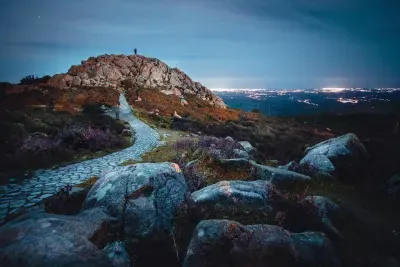
The highest peak in the Algarve, Mount Fóia is the guardian of the Serra de Monchique mountain chain. At 902 metres high, its summit provides views all the way to the tempting waters of the coast at Portimao, Lagos and Cabo de São Vicente.
Caldas de Monchique

The small village of Caldas de Monchique comprises just a couple of roads in the Serra de Monchique mountains. It lies just a short distance south from the larger settlement of Monchique town.
Parque da Mina

The Parque da Mina is a theme park with a genuine theme. Centered on an old iron ore mine the park provides an an entertaining view of the workings of the mine along with a range of fun activities in the surrounding park.
On the heritage side of things you can learn about the workings of the mine, visit the medronho (moonshine) distillery and tour the 18th century manor house. There is also a nature trail through the landscaped surrounds of the Sierra de Monchique with plenty of picnic spots amongst the trees.
